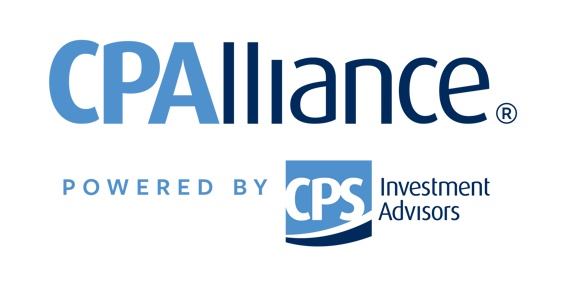Defining Your How: 3 Steps to Develop a Tax & Financial Planning Firm
Many CPAs find themselves with more work to do than time to do it in. The unfortunate side effect of being busy is that service is often sacrificed to meet looming deadlines, leaving practitioners and clients longing for something more. As clients' demand for help beyond tax compliance and tax planning increases, how can you figure out how to add additional services for your clients in a way that makes sense for them and your business—with your already limited time? Make sure these three crucial items are on your checklist as you define how to develop your full-service tax and financial planning firm.
The first step to being able to effectively provide personal financial planning services to your clients is to partner with a Turnkey Asset Management Platform (TAMP). All TAMPs are built differently but, at the core, they provide users with the technology needed to run investment advisory and financial planning practices. In considering the right TAMP, look beyond just the technology offered. Partner with a firm that knows your industry, offers a high level of service and training, provides compliance support, has the bench strength of staff to help you through complex planning needs, and manages the investment for you.
Next, create a reliable and repeatable process. Your process should begin with an effective way to gather your client's information and analyze their situation. Once data is gathered, create an analysis and an initial action plan to review with your client. After reviewing the plan, the most effective advisors help their clients implement their recommendations. Lastly, and most importantly, develop a strategy for reviews with your clients on an annual basis, at the minimum.
The last crucial step for adding personal financial planning to your practice is to learn an investment philosophy that ties together investing with helping your clients achieve and protect their financial independence. Far too often, people make investment decisions based on low fees or prior performance rather than picking quality investments that will help them maximize their financial planning goals over the long term. Investment strategies that are too complex or based on fees and performance are far less likely to stick when the market becomes volatile. Clients who are well-positioned and educated to see past short-term volatility are the ones who consistently build wealth and far exceed their plans.
Defining your how gives you the framework for strategically deciding how it will work to develop your full-service tax and financial planning firm. Download our Evaluate Your Tax Practice Worksheet below to help determine if becoming a CPA Financial Planner is best for you and your clients.

